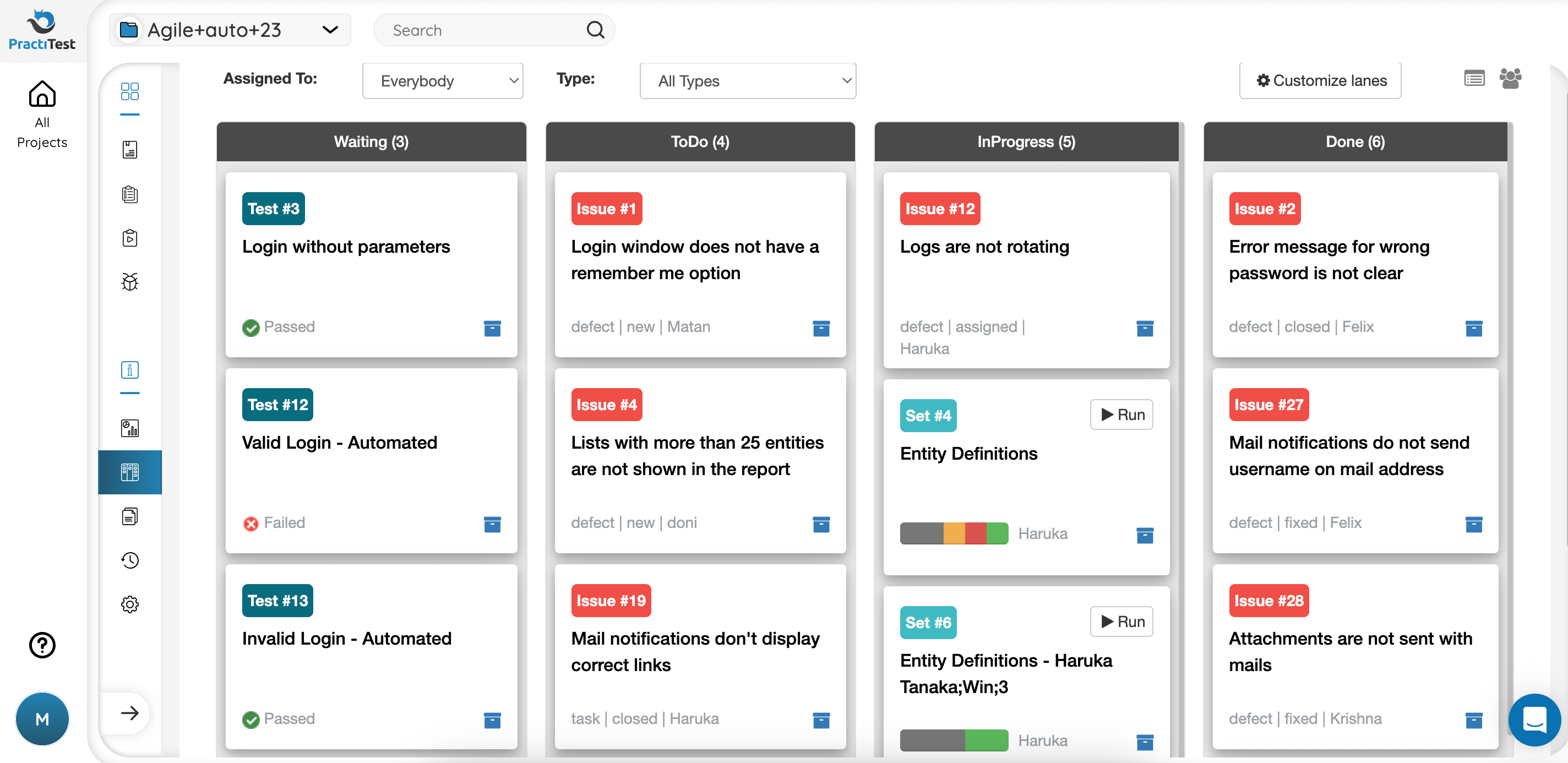How to Plan QA Activities During the Summer Season
In This blog
As much as employees anticipate summer vacation, for their companies, it’s much less sunshine and rainbows. This time of year presents some challenges which can impact different aspects of work, including software testing. Staff availability and project deadlines are a few of the top concerts organizations have during the summer season. Therefore, using comprehensive test planning in advance will help ensure your projects stay on track.
Let’s take a look at the challenges companies are facing, factors to consider when planning software testing, and tips for efficient testing during the summer vacation season.

Summer Season Challenges
During the summer season, companies face significant challenges which can impact their software testing activities. One of the primary obstacles is the reduced availability of staff. Testers, developers, and other team members take time off, resulting in resource constraints and potential delays in testing progress. As a result, meeting deadlines becomes more complex. Team members have conflicting schedules , which can make it challenging to align testing efforts, ensure sufficient coverage, and ultimately deliver software on time.
Another challenge is maintaining effective communication. When team members are out of the office , it’s more difficult to maintain seamless communication and smooth flow of information. Even after employees are back to work, since the fast-paced environment and many different things happen simultaneously, getting back to the loop is a challenge that can be eliminated with effective communication.
Factors to Consider When Planning Testing Activities
Before planning software testing activities and tasks during the summer season, it’s vital to consider the following factors:
-
Resource allocation: According to staff availability, QA managers should distribute the workload efficiently. By identifying gaps in staffing and adjusting schedules, companies can ensure sufficient testing coverage, prevent delays, and maximize efficiency, even with a minimized workforce.
-
Test automation: When lacking a full workforce, automation can be helpful. Software testing directors should verify the availability of skilled automation testers who can design and maintain automation frameworks.
-
Risk-based prioritization: When faced with a shortage of team members, it becomes crucial to prioritize tasks based on their importance and level of risk, both project risks and product risks. By focusing on what is important first, companies can ensure that their limited resources are effectively utilized to validate proper functionality and mitigate potential risks.
Tips for Efficient Testing During Summer
Efficient testing during the summer season requires careful planning. The following tips can help companies ensure that their testing activities are completed on time and with high quality:
Create a Detailed Testing Plan
One of the essential tips for efficient testing during the summer is to create a detailed, specific test plan. This plan should outline the scope, objectives, and timelines for testing activities during the summer period. This will help teams stay focused and smooth return when taking time off.
The plan should include a prioritization strategy to allocate resources effectively and concentrate on critical areas. A well-defined testing plan provides a roadmap for the entire testing process, enhancing efficiency and minimizing the risk of overlooking important tasks.
Provide Training & Shared Ownership
When team members leave for vacation, it can be challenging for new members to join a project they haven’t previously worked on. Proper training can help minimize the time needed for reorientation and enables them to quickly grasp the project’s context and requirements, ensuring a smooth transition.
Additionally, co-sharing project ownership can help ensure that testing activities are completed on time. This collaborative approach ensures that the absence of a team member does not hinder the project’s momentum, as others can step in and continue testing activities. The result is uninterrupted progress, enhanced productivity, and the ability to meet project timelines.
Leverage Automation Testing
Automation plays a vital role in increasing efficiency and reducing manual effort during testing. During the summer, when the workforce may be limited, leveraging automation becomes even more important. Using skilled automation testers, teams can save precious time and focus on more complex tasks, while the automation frees them from repetitive and time-consuming tasks and eliminates the risk of human error.
Enable Continuous Communication
With a reduced workforce and subsequent reintegration upon their return, maintaining continuous and transparent communication is a must. Conducting regular team meetings, whether in-person or virtually, serves as a vital platform for aligning everyone with upcoming tasks and ensuring a smooth entrance for team members who have been away. These meetings foster transparency, enabling the team to stay informed about the project’s progress, any changes, and upcoming milestones. Team members can quickly get back into the working loop, catching up on developments and seamlessly contributing to ongoing testing efforts.
Consider Use a Crowdsourced Testing Platform
If throughout the summer season, your in-house QA resources are limited, you may consider using outsourced testers to give your team a hand. There are various crowdsourced testing platforms available which can provide companies with a large pool of software testers with diverse experience levels and expertise according to organization testing needs. These platforms can be helpful for managing staff limitations and for short-term testing projects.
Utilize a Centralized Test Management Platform
A test management platform not only helps QA teams increase testing efficiency, but it can also optimize the allocation of testing tasks based on workforce availability. A centralized test management repository allows users to effectively manage requirements, tests, and issues, helping prioritize work and delegate testing activities among the available staff.
PractiTest’s test management platform offers a customizable Task Board that helps users and QA managers easily prioritize, track, and share the progress of any testing-related tasks. Testers can filter the tasks according to what’s assigned to them or based on type (requirement, test, issue) to stay focused on their upcoming assignments. The Task Board also allows managers to quickly add new tasks and monitor the progress of individual tasks for each team member.

Wrapping It Up
In conclusion, planning software testing activities during the summer season is crucial for maintaining productivity. Taking into consideration employee availability, communication challenges, and test automation, companies can overcome the hurdles presented during this period. Creating a detailed testing plan, providing training and shared ownership, leveraging automation, and promoting effective communication are key strategies for efficient testing during summer.
Using a centralized test management system allows for improved workload distribution and increased communication on the team. By implementing these tips and strategies, companies can navigate the challenges of the summer season and ensure that their testing efforts remain effective.























